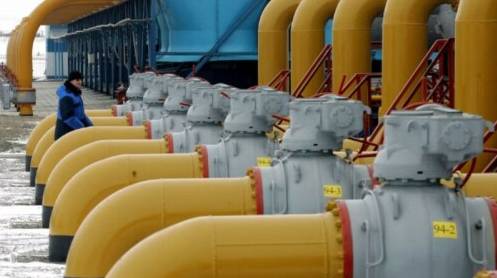After spiking for some time, crude oil prices tumbled in early December on concerns of continued weakening of the global demand. Global oil prices receded by more than 20 percent on the onset of business cycle slowdown around the world. This came after an explosive upcycles in commodity prices after the first wave of COVID. After peaking in mid-2022, demand destruction and weakened economic growth have resulted in slower petroleum and oil consumption.
Factors like high oil and other energy prices initially also contributed to the global economic slowdown through impact on inflation and interest rates. The recent push down to crude oil prices came despite new constraints on Russian supply and the European embargo and G7 price cap on Russian crude oil. This is because, Russia continues to ship millions of oil barrels per day to Asia, and many buyers have been doing business with Russia by not joining the price cap.
In the Short-Term Energy Outlook for December, the US Energy Information Administration has predicted that the global oil inventories will fall by 200,000 barrels per day in 1HCY23 before rising by almost 700,000 barrels per day in the second half. This has brought the overall price forecast for 2023 down.
However, crude oil prices have again started to go up, and the optimism about China easing its Covid restrictions is playing a key role in the recent price rally. However, the price increase is likely to be capped if Covid continues to rise in China. Another factor that has helped shore up crude oil prices in recent days has been the shutdown of the Keystone pipeline and its restart. Bank of America Global Research also says that the price of crude oil could rebound and go past $90 per barrel much quickly again if the US Federal Reserve slows the pace of interest rate hikes and China is able to open up again to the world successfully.





